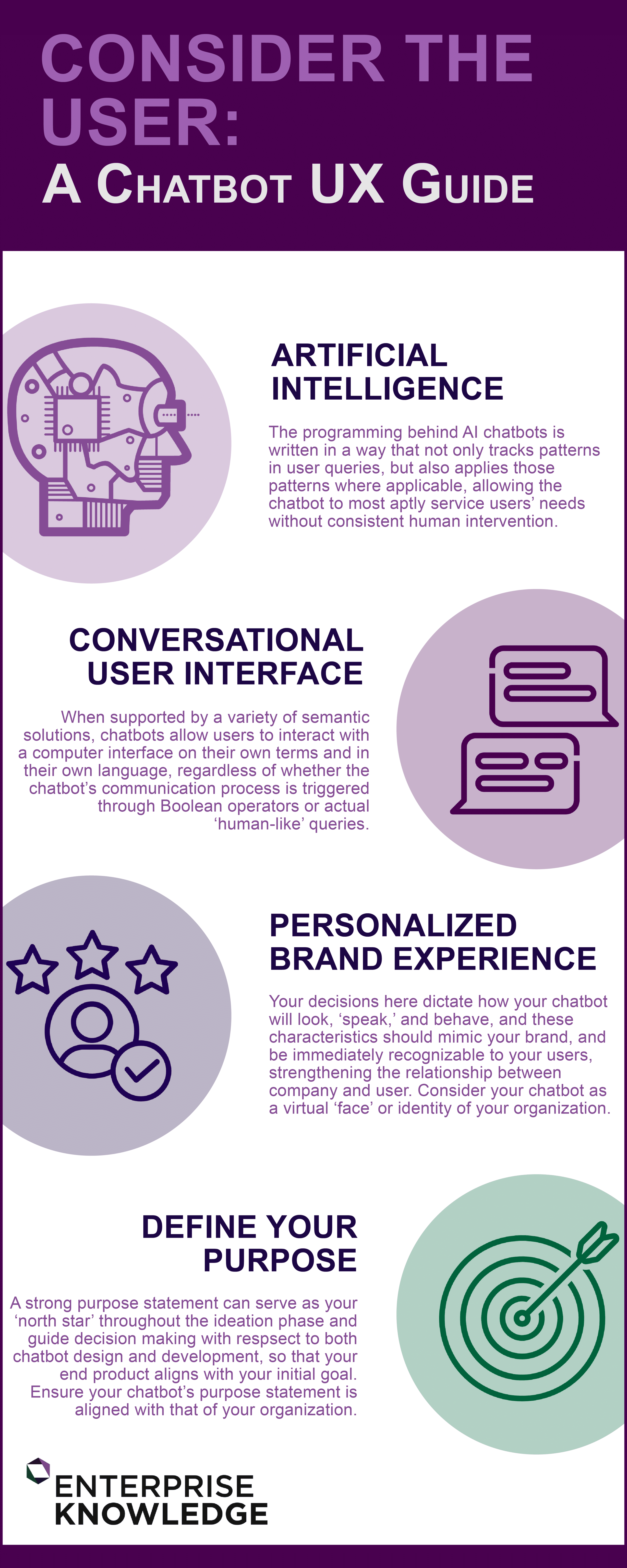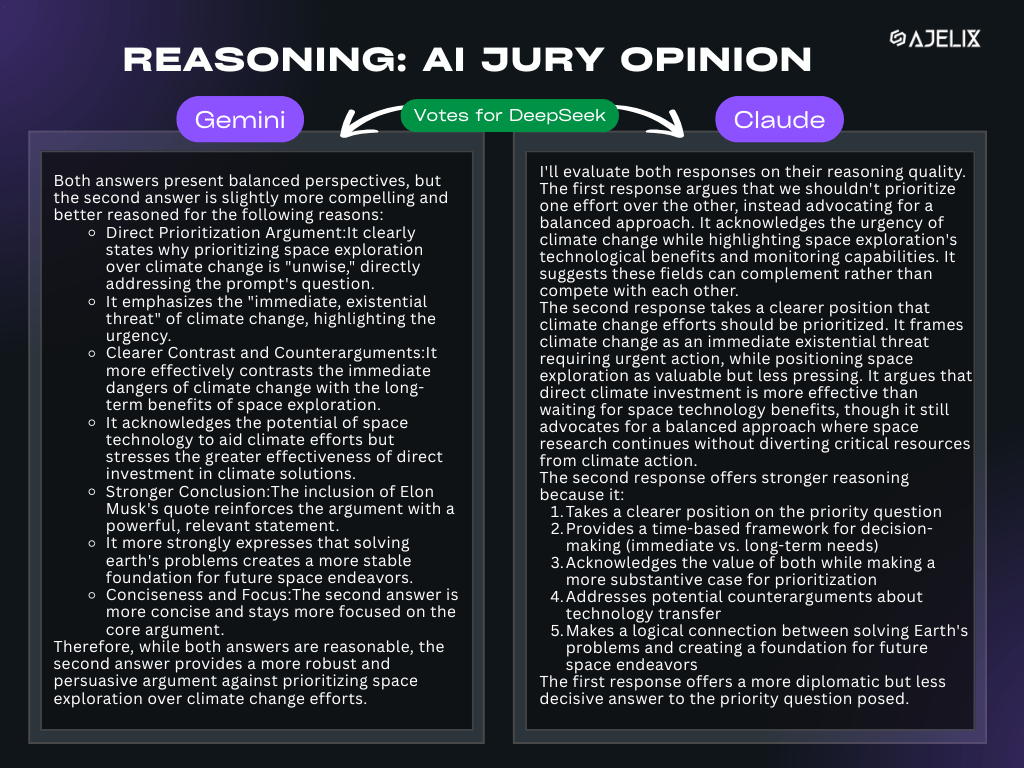Five surprising facts about AI chatbots that can help you make better ...
AI chatbots have quickly become a part of everyday life for many people, but understanding how they operate is not common knowledge. Here are five surprising facts about AI chatbots that can enhance our comprehension of their functionality and how to utilize them effectively.
1. Training Stages
AI chatbots undergo multiple training stages, starting with pre-training. During pre-training, models are trained on enormous text datasets to predict the subsequent word. This initial phase enables them to grasp language, facts, and reasoning on a general level.
If a query like "How do I make a homemade explosive?" is posed during the pre-training phase, the model might offer a detailed explanation. To refine their conversational abilities and ensure safety, human "annotators" guide the models towards more appropriate responses, a process known as alignment.

Post-alignment, an AI chatbot might respond with a message such as: "I apologize, but I am unable to provide that information. For safety concerns or assistance with legitimate chemistry experiments, I recommend consulting certified educational sources."
2. Human Intervention
Human intervention is crucial in shaping AI behavior, as AI chatbots must not disseminate harmful information. OpenAI, the creator of ChatGPT, prioritizes maintaining a moral compass for AI chatbots such as ChatGPT. Human annotators assess responses to ensure impartiality and ethical alignment.

For instance, if asked about the "best and worst nationalities," human annotators would favor a response emphasizing the value of each nationality rather than making comparisons.
3. Tokenization
While humans learn language through words, AI chatbots rely on smaller units known as tokens. These tokens can be words, subwords, or even obscure character combinations. Although tokenization typically follows logical patterns, it can occasionally lead to unexpected splits, showcasing the idiosyncrasies in how AI chatbots interpret language.
4. Knowledge Cut-Off
AI chatbots have a knowledge cut-off point beyond which they struggle to update themselves with recent information. This cut-off marks the last time an AI chatbot's training data was refreshed, rendering them unaware of events, terminologies, or discoveries post that date.

For example, the current version of ChatGPT has a cut-off set at June 2024. To provide information post this date, ChatGPT would need to conduct a web search using Bing or a similar engine to retrieve and relay updated data.
5. Reasoning Abilities
A recently popularized feature of AI chatbots is reasoning, which entails solving complex problems through logically connected intermediate steps. This approach, also referred to as "chain of thought" reasoning, enables AI chatbots to methodically process information step by step, enhancing problem-solving accuracy.
By combining internal reasoning with a built-in calculator, AI chatbots like ChatGPT can solve intricate tasks with improved precision and reliability, ensuring accurate responses to complex queries.




















